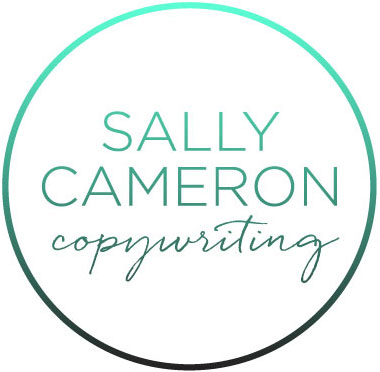Want to know a sure-fire way to break your copywriter’s word-loving little heart? Take the beautiful content they’ve just poured their blood, sweat, and tears into and completely butcher it when you upload it to your site. Guaranteed heartbreak!
Good copywriters sweat the little details: placing punctuation just so, capitalising some words but not others and using just enough space between lines and paragraphs for optimum readability. After all, it’s not just the words that make your content effective but also how it all looks visually. Uploading your copy correctly is also critical for SEO effectiveness.
Unfortunately, all too often, things go pear shaped when your copy transitions from Word doc to webpage. The next time you’re uploading new copy, follow these tips to get maximum bang for your copywriting buck (and save your copywriter’s sanity in the process!).
An easy, sanity-saving checklist for uploading your copy:
1. Basic
At a very basic level, don’t mess with your copy. That means retaining punctuation, capitalisation and spelling – as provided by your copywriter. A good copywriter will have considered all of these elements carefully and chosen each deliberately. So, trust them. There’s no point forking out your precious cash for their expertise, only to ignore it at the last minute.
2. Style
Stylistically, you should replicate the way your copywriter has presented your copy. A few things to be aware of:
+ Heading levels: Chances are your copy will contain several heading levels, used to structure your content hierarchically. These will either be tagged (e.g. H1 for Heading 1, H2 for Heading 2) or indicated via font sizing or treatments (e.g. bold, italics). If you’re unsure, check with your copywriter. Honouring Heading 1 is particularly important for SEO.
+ Fonts: Depending on your template, you may have a set of font styles pre-set, which makes things easier. Basically, you want to ensure that your main body copy is easy to read, so choose a font that’s easy on the eye (no crazy creative fonts!), make it a decent size and a good dark readable colour. Lastly, ensure you honour any specified font treatments – e.g. bold, italics, underline, alignment, etc.
+ Spacing: Spacing also has a big impact on readability, so make sure there’s adequate line space (the space between lines within a paragraph) and paragraph space (the space between paragraphs). In terms of content width, 55 characters is the ideal maximum, which equals approximately 8 to 11 words.
+ Links: If you’ve got links in your copy, your copywriter should have specified where the links are meant to go. A simple rule of thumb: for internal links – link in the same tab, for external links – link in a new tab / window (this should be a checkbox option within your hyperlink window). This avoids taking visitors off your site if they click an external link.
3. SEO
If you’ve had your copy search optimised, you should have received the following SEO elements: URL, Meta Title, Meta Description, and Alt Text. These will have been crafted carefully to include your keyword in the right spot and frequency, and at the correct overall length. Any tinkering here could have a disastrous impact on your ability to rank, so beware! If you’re working in WordPress, the Yoast plugin makes uploading your SEO elements simple.
If you’re relatively familiar with the backend of your website, this should be pretty easy. If you’re sitting there scratching your head though, I’d suggest getting some help to upload your content. This will be a super quick job for a good web dev or check with your copywriter – some offer uploading as an additional service.
While this might be an unexpected expense, it’s a worthwhile one. After all, there’s no point forking out cash for beautifully-finessed, optimised copy and then failing to upload it correctly. That’s like flushing money down the loo. Or breaking up with your copywriter on their birthday! Instead, be diligent and send your copy out into the world at its absolute best.




